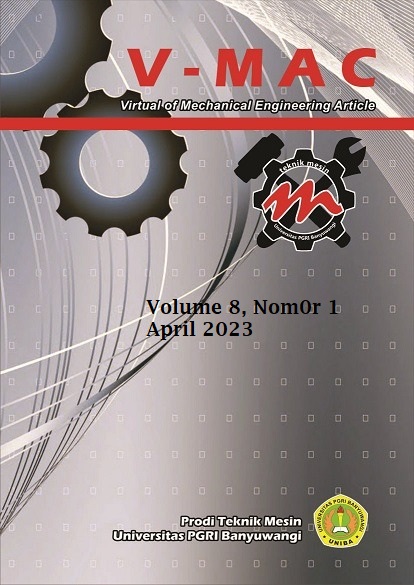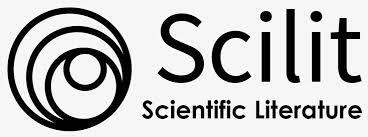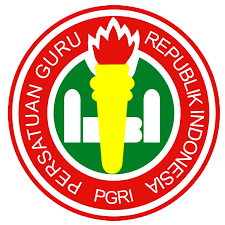Desain Inovasi Pengkondisian Suhu Air Pada Proses Pemijahan Kepiting Bakau
Abstract
Abstrak
Suhu perairan berperan mengendalikan kondisi ekosistem perairan. Peningkatan suhu menyebabkan peningkatan dekomposisi bahan organic oleh mikroba. Perubahan suhu permukaan dapat berpengaruh terhadap proses fisik, kimia dan biologi di perairan tersebut. Suhu air yang baik adalah antara 25℃-30℃, pada derah yang suhu air nya relatif rendah atau pun tinggi perlu pemanas atau pendingin untuk mencapai suhu yang relatif stabil. Pada sensor suhu yan berbahan dasar logam, semakin tinggi suhu maka nilai resistansi akan semakin besar. Salah satu sistem pendingin yang biasa digunakan oleh masyarakat adalah lemari es. Sebagian besar lemari es menggunakan sistem refrigeraasi kompresi uap (SRKU) yang memiliki coefficient of performance (COP) yang tinggi dibandingkan sistem pendingin lainnya. Suhu air memang harus dipertahankan dalam hal budidaya jika suhu naik ikan akan stress sedangkan ada beberapa cara untuk mempertahankan suhu air bisa dengan TEC termoelektric control atau sistem kompresi dengan sistem pendinginan kompresor dengan freon. Penelitian ini bertujuan untuk mendesain inovasi pengkondisian suhu air pada proses pemijahan kepiting bakau.
Kata kunci: suhu, sistem pendingin, kepiting
Downloads
Published
How to Cite
Issue
Section
License
uthors who publish with this journal agree to the following terms:
1. Copyright on any article is retained by the author(s).
2. The author grants the journal, the right of first publication with the work simultaneously licensed under a Creative Commons Attribution License that allows others to share the work with an acknowledgment of the work’s authorship and initial publication in this journal.
3. Authors are able to enter into separate, additional contractual arrangements for the non-exclusive distribution of the journal’s published version of the work (e.g., post it to an institutional repository or publish it in a book), with an acknowledgment of its initial publication in this journal.
4. Authors are permitted and encouraged to post their work online (e.g., in institutional repositories or on their website) prior to and during the submission process, as it can lead to productive exchanges, as well as earlier and greater citation of published work.
5. The article and any associated published material is distributed under the Commons Attribution 4.0 International License.





















